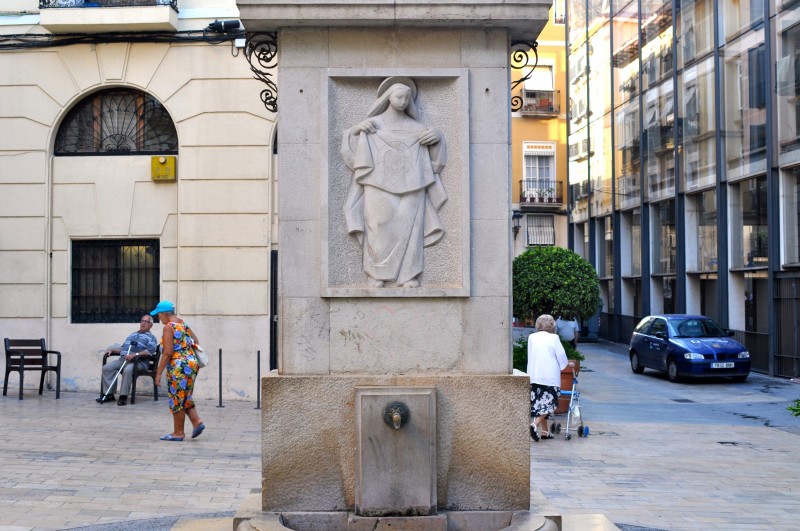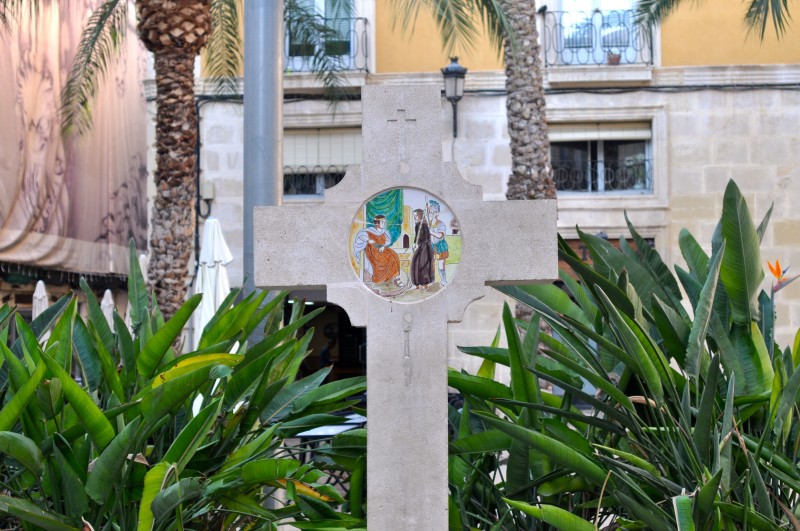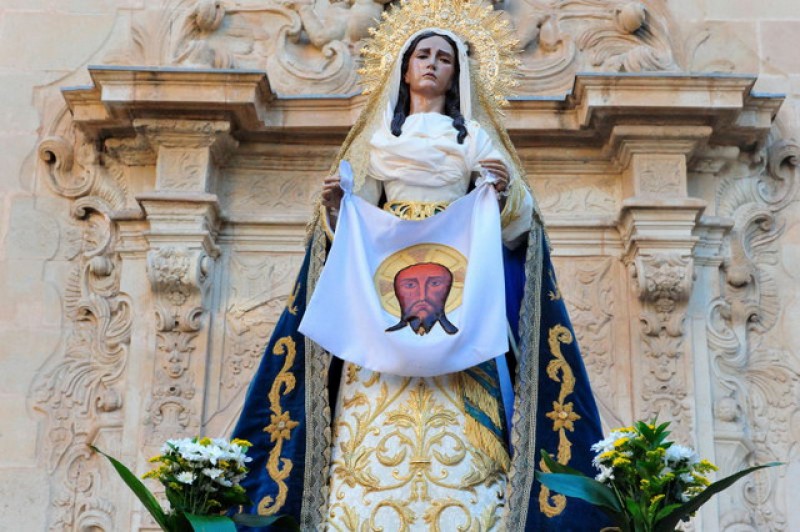
To be listed on the CAMPOSOL TODAY MAP please call +34 968 018 268.

Guidelines for submitting articles to Condado Today
Hello, and thank you for choosing CondadoToday.com to publicise your organisation’s info or event.
Condado Today is a website set up by Murcia Today specifically for residents of the urbanisation in Southwest Murcia, providing news and information on what’s happening in the local area, which is the largest English-speaking expat area in the Region of Murcia.
When submitting text to be included on Condado Today, please abide by the following guidelines so we can upload your article as swiftly as possible:
Send an email to editor@condadotoday.com or contact@murciatoday.com
Attach the information in a Word Document or Google Doc
Include all relevant points, including:
Who is the organisation running the event?
Where is it happening?
When?
How much does it cost?
Is it necessary to book beforehand, or can people just show up on the day?
…but try not to exceed 300 words
Also attach a photo to illustrate your article, no more than 100kb

La Plaza de la Santísima Faz in Alicante
La Plaza de la Santísima Faz is a bustling square in the heart of Alicante city
The Plaza de la Santísima Faz in one of the most picturesque squares in the old barrio de Santa Cruz in Alicante city which encompasses most of the old quarter of the city. The plaza is situated behind the Ayuntamiento (town hall) and can be accessed from Calle Mayor and from the Ayuntamiento through tall archways.

Bordered by tall palm trees and wooden benches, the Plaza de Santísima Faz is a popular place among Alicante locals to sit and relax, and at night the area is transformed into a bustling square as the surrounding restaurants open up their terraces to welcome crowds of locals and tourists wishing to dine outdoors.
Not only is the square home to a number of restaurants serving traditional Alicante cuisine, but there is also an artisan market held here every Sunday from 9:00 to 15:00 where craftsmen sell handmade jewellery, clothes and leather items from stalls along one side of the square.

In the middle of the square at one end is a fountain on which is a relief with an engraving of la Santa Faz, and at the opposite end facing la Santa Faz is a sandstone cross with a ceramic picture representing the crucifixion of Jesus, erected in the 1950s by a group of lay Catholics who wanted to promote the Catholic faith in Alicante society. The stone cross is a significant landmark during the pilgrimage of La romería de Santa Faz, which takes place in the city of Alicante on the second Thursday after Semana Santa (Holy Week), in which over 260,000 locals walk 8 kilometres from the Concatedral de San Nicolás to the Monasteria de la Santa Faz on the outskirts of the city. (see below)

The plaza de Santísima Faz is also well known to many residents of Alicante because hidden between the buildings that previously existed around the plaza used to be a plaque indicating that this very square was the birth place of the famous Alicante surgeon, Francisco Xavier Balmis i Berenguer, who introduced the smallpox vaccine to America and the Phillippines.
The Santa Faz
According to popular legend, the “Faz” de Cristo was created while Jesus was carrying the cross on which he would ultimately be crucified to Golgotha, when he stumbled, unable to see his route as sweat, dust and blood dripped down into his eyes. An onlooker in the crowd, a pious woman called Veronica, handed him her veil so that he might wipe the sweat from his eyes. When Jesus handed back the veil, three images of his face had been imprinted into the cloth. The figure of the “mujer Verónica” holding the veil in front of her, showing the face of Christ, is one of the best known figures which parades in the Semana Santa just 2 weeks before the romería of the Santa Faz and is widely depicted in sculptural representations. There are many reliquaries claiming to be the original veil of Veronica, and many pieces of linen with images painted on using various techniques which were given as “original”reliquaries in the Middle Ages.

The story of how a reliquary of the Santa Faz came to be in Alicante dates back to the 15th century, an era in which Alicante was seeking to establish itself as a city, yet lacked substantial historical buildings, miracles, reliquaries, convents or monasteries of any note.
The impetus to launch Alicante onto the religious stage and establish it as a centre of worship came from the hand of Pedro Mena, a simple Priest who was given the reliquary of La Santa Faz by a Cardinal while visiting Rome as thanks for the hospitality shown to him during a visit he himself had made to the city of Alicante.
During his visit, Pedro Mena accumulated a number of precious relics to take back to the centres of worship in Alicante, and put the Santa Faz at the bottom of his trunk. Yet every time he opened his trunk, the linen appeared at the top of the chest.
Arriving back in Alicante, he imparted this piece of miraculous news to the locals, who begged him to take the Santa Faz out into the fields with them to pray for rain, as the area was suffering from extreme drought and all faced starvation as crops withered and died.
On the 17th March 1489, the priest acceded to their wishes: the Santa Faz was mounted and carried out towards the ermita de Los Angeles, set on a slight ridge above the dry water way of the Barranco de Lloixa, but suddenly, the priest carrying the Santa Faz felt a tremendous weight and a tear fell from the right eye of the image on the linen.

In the light of this first miracle a decision was taken to postpone the prayers until the following week, by which time the word had spread and the faithful travelled from far and wide to join in with the service. On the morning of 25th March 1489, there were so many people waiting to pray, that the decision was taken to carry the Santa Faz outside. As the blessing was given, the second miracle occurred: as the Santa Faz was raised up towards the sky in supplication it began to rain.
The hermitage in Santa Faz became a centre of pilgrimage, and in 1491 the existing building was built on the same site as the original small hermitage where the miracle had taken place. The building which can be seen today was concluded in 1766, designed by José Terol and Fray Francisco Cabezas, built next to the defensive fortifications erected in 1582 to protect the inhabitants from one of the regular Berber pirate attacks which ravaged this coastline following the expulsion of any Moors who declined to convert to Catholicism after the completion of the Reconquist in 1492, when Isabella and Ferdinand defeated the last Moorish ruler in Spain and brought the Kingdom of Granada back under Spanish rule. ( the Moors dominated southern Spain for more than 500 years, between 711 and 1243 when large swathes of southern Spain were reconquered by the Catholic forces of Castille y León and Aragón).
Click here for more information about visiting the City of Alicante, including what's on and where to go: Click for the dedicated Alicante City section




































